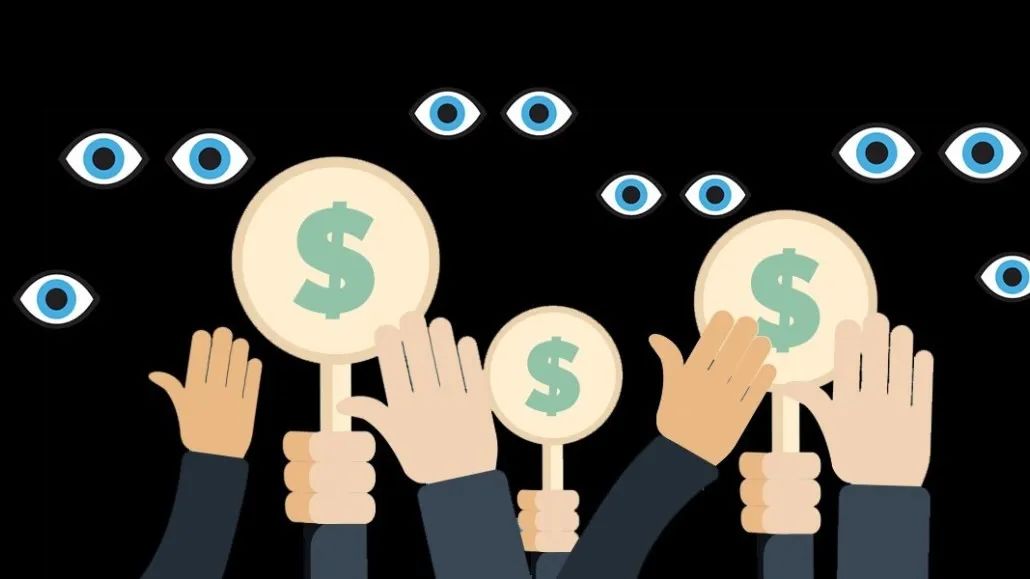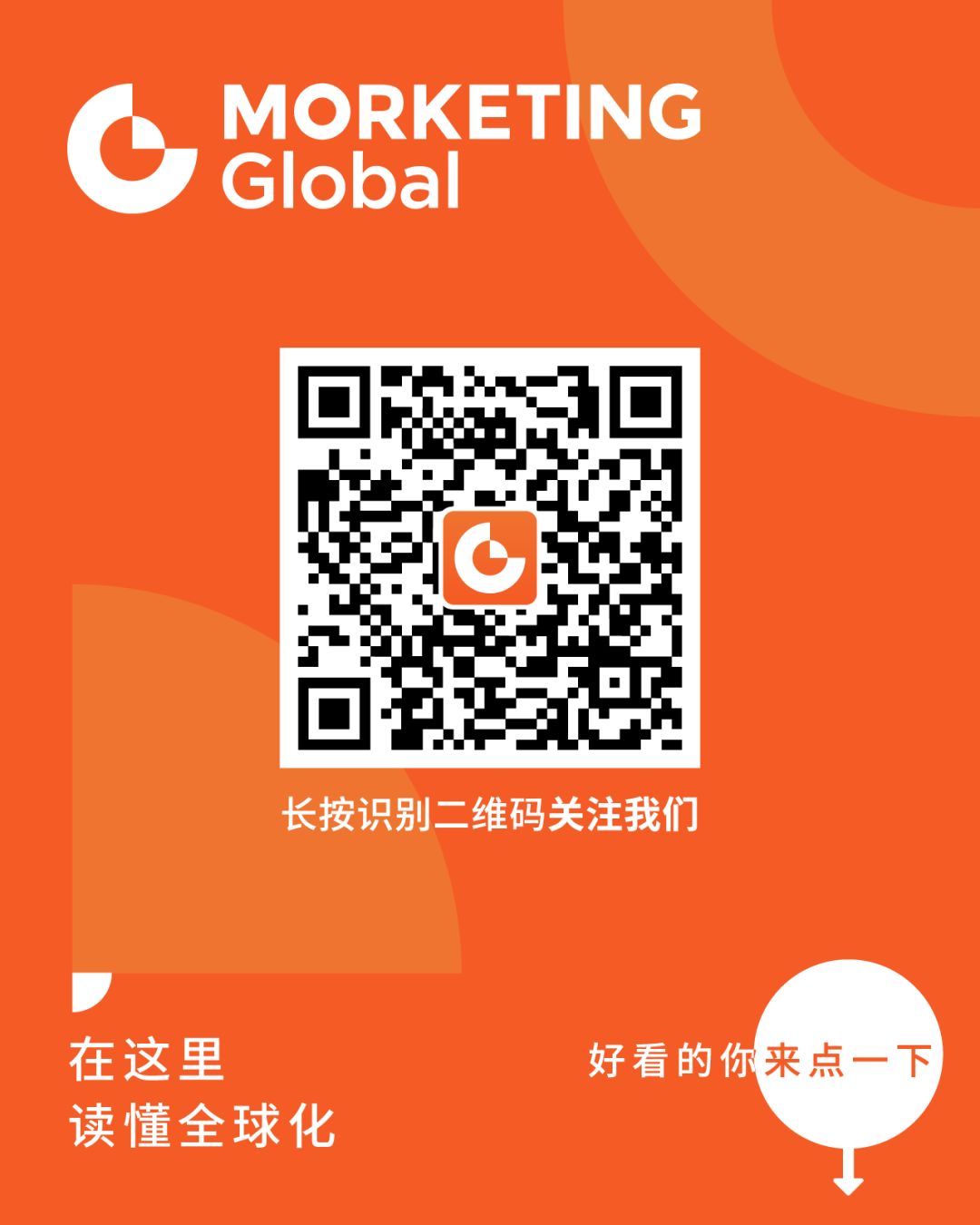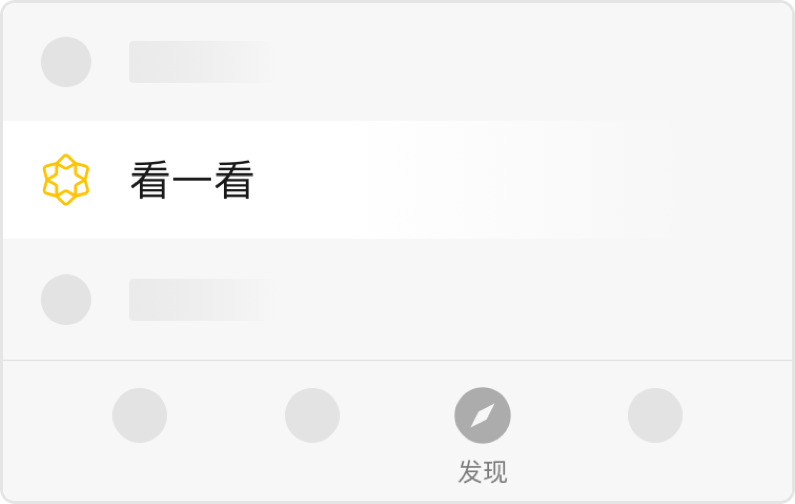Advertising costs disappear into the unknown: Advertisers are once again pushing for transparency in programd ad purchases


As advertising spending continues to fall, advertisers are once again looking to increase transparency in their ad-buying supply chains.
According to ISBA, a trade body, nearly half (49%) of advertising purchases disappear before they reach the publisher. More than a third (34 per cent) of this money is disclosed fees charged by agencies and advertising technology vendors for ad impressions, while the remaining 15 per cent is swallowed up by the "unknown delta" that is not attributable in the report. Because the report does not take into account ad fraud and ad visibility, the amount actually reaching the ad publisher may be lower.
There are still a lot of procedural advertising costs that have not been successfully delivered to publishers, and it is becoming increasingly difficult to track the flow of these advertising costs. ISBA tried to track the flow of advertising spending in its report, but spent nine months getting the data it needed from advertising technology vendors. And when trading agencies also try to track the flow of procedural advertising costs that have not been successfully delivered, a large portion of the data is unusable.
PwC collected data on 267 million ad impressions transactions between 15 advertisers, 8 agencies, 5 DSPs, 6 SSPs and 12 online publishers associations from January 1 to 20. Of these ad impressions, only 31 million (12%) are truly analyzed by matching log levels and using aggregated data from 290 supply chains.
Sam Tomlinson, marketing assurance partner at PwC, says getting the data, especially ad impressions, is more difficult and cumbersome than expected. Because of widespread nondisclosure agreements, his team often struggles to obtain data from advertising technology vendors. Even if PwC gets the data, which is often in different formats, it makes it difficult to trace advertisers' budgets back to so many different publishers. The average advertiser covered by the study appeared on 40,525 websites, most of them non-premium.
While bidding on these sites is simple, execution is not.
Advertisers or agencies use DSPs to decide which channels to pay for and how much they pay for ad impressions, while publishers use SSPs to sell ad inventory to advertisers. PwC then matches the demand-side and supply-side platform impression data as much as possible. Even so, the matching data does not give advertisers or publishers included in the study the financial transparency they want. For example, there are still untraceable costs, which are like entering the "unknown delta", which can be caused by additional advertising technology costs, bidding, deals and other unknown factors.
"It's more because the procedural advertising ecosystem is built on chaotic traditional processes," Tomlinson said. "
Graeme Adams, head of media at BT Group, said: "We are keen to have a common set of standards in this market and it has to be more open so that every penny spent can be counted. If such a common set of standards can be established, we will spend more on procedural advertising channels, and if not, we will cut budgets and reshape the way we do business. "
Costs are part of the problem. In the ISBA study, for example, it cost more than 1 million pounds ($1.2 million) to process and standardize all data from different sources. The other question is to what extent marketers think that a program ad like this can achieve high transparency when too much attention is on getting log data. If the ISBA report proves that log data can reveal everything about procedural advertising transparency, then it is nothing to prove.
Ruben Schreurs, executive partner at Digital Decisions, a digital media consultancy, said: "When you try to match log file data in real time using overly complex methods, it works just like buying IBM's Watson (Artificial Intelligence System) supercomputer to calculate 1 plus 1. "
He added that advertisers could take a "smarter and more efficient" approach by regularly assessing their net spending on top publisher partners and matching it to publisher data at an overall level.
"This approach provides the right output that is necessary to optimize the supply chain and make informed, value-oriented decisions," schreurs said. We are all part of the industry and must stop using unnecessary and complex technical solutions to solve immediate problems. "
The report's findings may give the advertising technology industry more incentive to increase financial and data transparency for ad impressions in the shadow of regulatory pressure.
Steve Chester, ISBA's director of media and advertising, said: "If the advertising industry can prove that we can create a more open and transparent market, then it can avoid the need to be regulated. "
Point on "watching" and "following", turnPowder doesn't get lost!

Recommended reading
Twitter Q1 results: $808 million in global revenue, up 3% year-on-year
Contact:
Business Cooperation . . Interviews . . Submission.
Micros signal: missivy880315(Ivy)


Send to the author